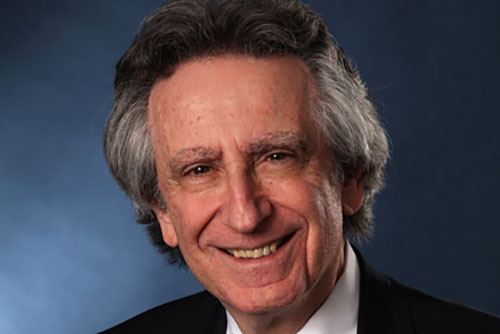
PROVIDENCE, R.I. [Brown University] — The United States may be on the cusp of changing its collective policy mind on the issue of physician aid-in-dying. Bans remain in 38 states, but in a new Viewpoint essay in the Journal of the American Medical Association, two Brown University authors point out that the momentum is building in favor.
In October 2015 when California enacted a law permitting doctors to assist terminally ill patients in ending their lives, the proportion of Americans living in a state in which that practice was allowed rose to 1 in 6. A May 2015 Gallup survey showed that the state reflects a rapid consolidation of public opinion: Nearly 7 in 10 surveyed by Gallup approve. In the meantime, 23 states and the District of Columbia began debating laws in favor of the practice last year, wrote Dr. Eli Adashi, former dean of medicine and biological sciences at Brown, and Ryan Clodfelter, a student in the Alpert Medical School.
Their essay is titled “The Liberty to Die,” a reference to an Emily Dickinson poem.
“To its proponents, physician aid-in-dying represents compassion and beneficence in the face of terminal physical pain and disability, and the right to exercise free choice and autonomy of will,” they wrote. “To its opponents, physician aid-in-dying violates deeply held views on the sanctity of life, distorts the imperative of the healing mission, devalues the role of palliation, and risks coercion of the elderly, disabled, destitute, and despondent.”
In 1994 Oregon became the first state to legalize physician aid-in-dying. Since then Washington, Vermont, Montana (by a court ruling) and California have followed suit. Health care organizations remain split with the American Public Health Association in favor, for example, and the American Medical Association opposed.
[In a commentary on the issue in the December edition of the Rhode island Medical Journal, Dr. Herbert Ratansky, clinical professor emeritus of medicine, notes that physicians no longer have the presumptive upper hand in the discussion. After tracing centuries of philosophical debate about the morality of suicide, Ratansky notes the very recent shift: “Historically, medical paternalism espoused the view that the ‘doctor knows best.’ The concept of patient autonomy has risen rapidly in recent years and puts the patient at the center of medical decision-making.”]
With a majority of popular support and both legislative and judicial approvals mounting, Adashi said, he sees a parallel with other policy evolutions on national moral questions. The most recent example is the recent shift that saw same-sex marriage transition from something that was being actively banned by states into becoming a national right.
California will likely not be the last state to enact a “Death with Dignity” law, Adashi and Clodfelter predict. “It is not beyond the realm of possibility that other states will enact comparable laws before too long.”
From Emily Dickinson:
The heart asks pleasure first,
And then, excuse from pain;
And then, those little anodynes
That deaden suffering;
And then, to go to sleep;
And then, if it should be
The will of its Inquisitor,
The liberty to die.